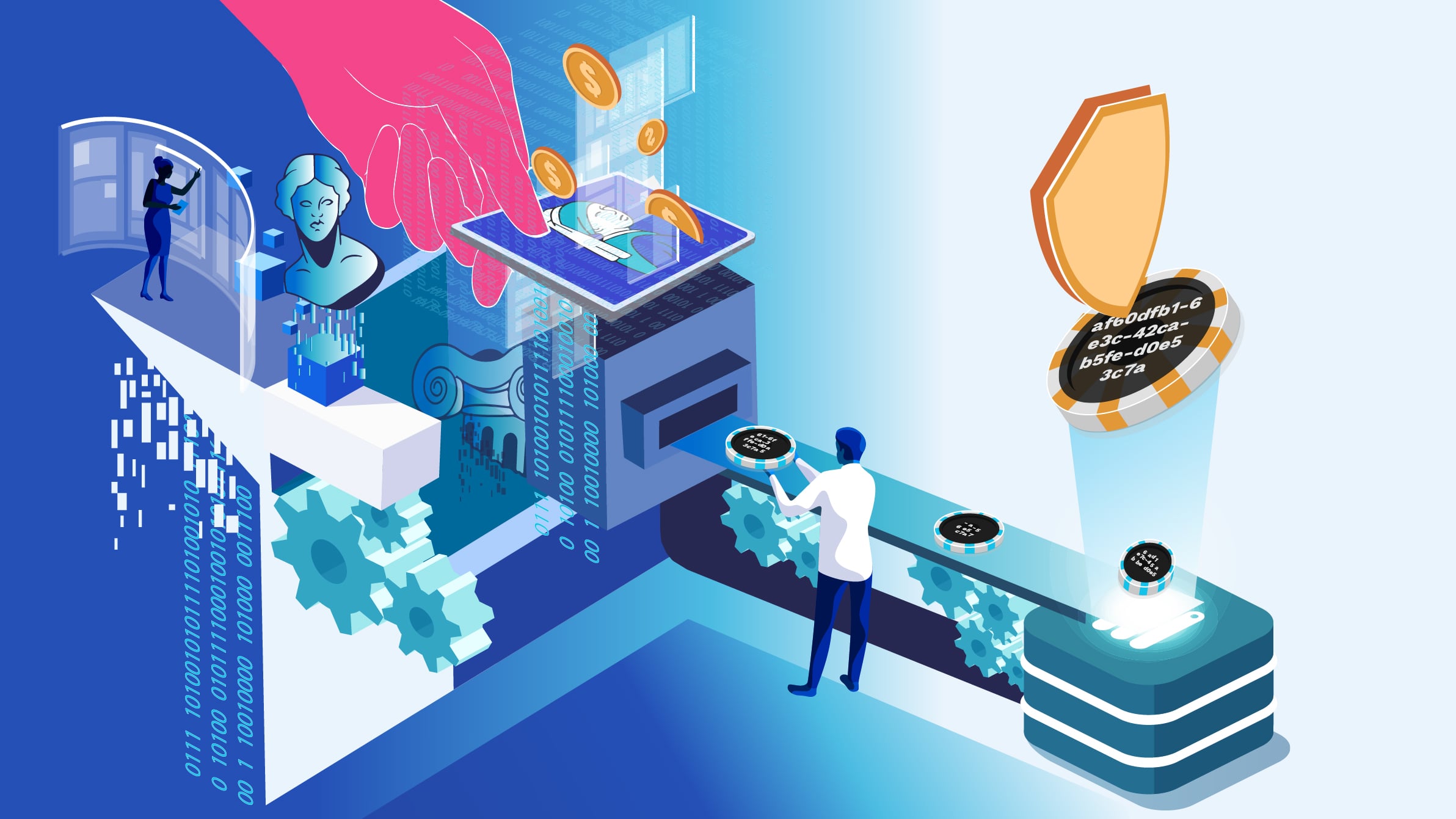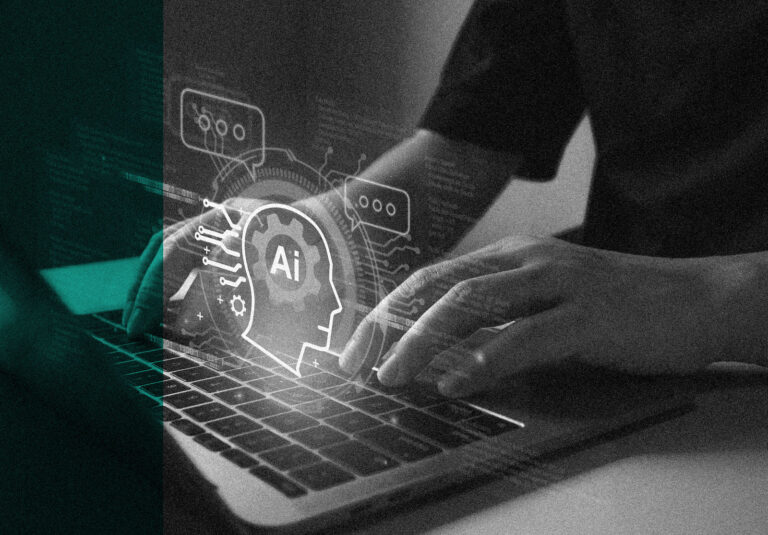Is Tokenization the Future or a Risk?
The Financial Stability Board (FSB), a global financial watchdog, has weighed in on a hot topic: tokenization. They say, “Don’t worry, not yet!” Why? Because this technology is still growing slowly, which means the risks to the global financial system are low for now. But let’s break it down to understand what this means and why it matters.
What is Tokenization?
Think of tokenization like turning real-world assets—like real estate, stocks, or art—into digital tokens that can be bought, sold, or traded on a blockchain. It’s similar to how cryptocurrency works, but instead of just trading money, you’re trading things of real value. It could change how finance works, making it faster, more accessible, and possibly safer. But with any big change, there are risks involved, especially as this idea grows.
Why is Tokenization Low-Risk Right Now?
The FSB says the low adoption of tokenization is a good thing for global finance. Since not many institutions have fully jumped in, it doesn’t pose a big threat to financial stability yet. Projects like BlackRock’s BUIDL fund are still in the early stages, and the technology hasn’t spread enough to cause a ripple in the financial system. However, this could change quickly if tokenization becomes more popular.
Important Terms:
- Liquidity Mismatches: This is when the time to convert a token into cash doesn’t match the asset’s actual value or timeline.
- DLT (Distributed Ledger Technology): The tech behind tokenization and blockchain.
- Leverage: Using borrowed assets to make more investments, which can be risky if things don’t go as planned.
The Potential Risks Lurking
Even though tokenization isn’t a big deal right now, the FSB warns that as the technology grows, so do the risks. Here are some of the dangers they highlight:
- Liquidity Issues: If tokenized assets can’t be turned into cash easily, it could cause panic when investors want their money back. This could trigger a redemption run, which could lead to financial instability.
- Complexity: As tokenized projects get more complicated, they might become hard to understand, increasing the risk of things going wrong, especially during market stress.
- Leverage: In the world of DeFi (Decentralized Finance), people can borrow tokens and then use those borrowed tokens to take out more loans. This creates a web of risk that could collapse if the system fails.
The Adoption Problem
The FSB report also points out that tokenization isn’t growing fast because of some key barriers:
- Unclear Demand: Investors are still unsure if they want tokenized assets.
- Interoperability: Different platforms don’t work well together yet, making it hard for tokenization to go mainstream.
- Regulation: Different countries have different rules, making it hard to roll out this tech globally.
Why Does This Matter for You?
As a 20-year-old looking to build knowledge in cryptocurrency and finance, understanding tokenization is crucial. This is a technology that could reshape global finance in the future. By learning about it now, you’re preparing yourself for a world where real-world assets can be traded just like Bitcoin. The FSB’s report shows that while it’s still early, this technology has huge potential, but only if done right. And when you’re investing or thinking about financial trends, understanding both the opportunity and the risk is key to making smart decisions.
In summary, tokenization might be the next big thing in finance, but it’s moving slowly. Keep your eye on it because as it scales up, it will bring both opportunities for new kinds of investments and challenges in managing risk.



